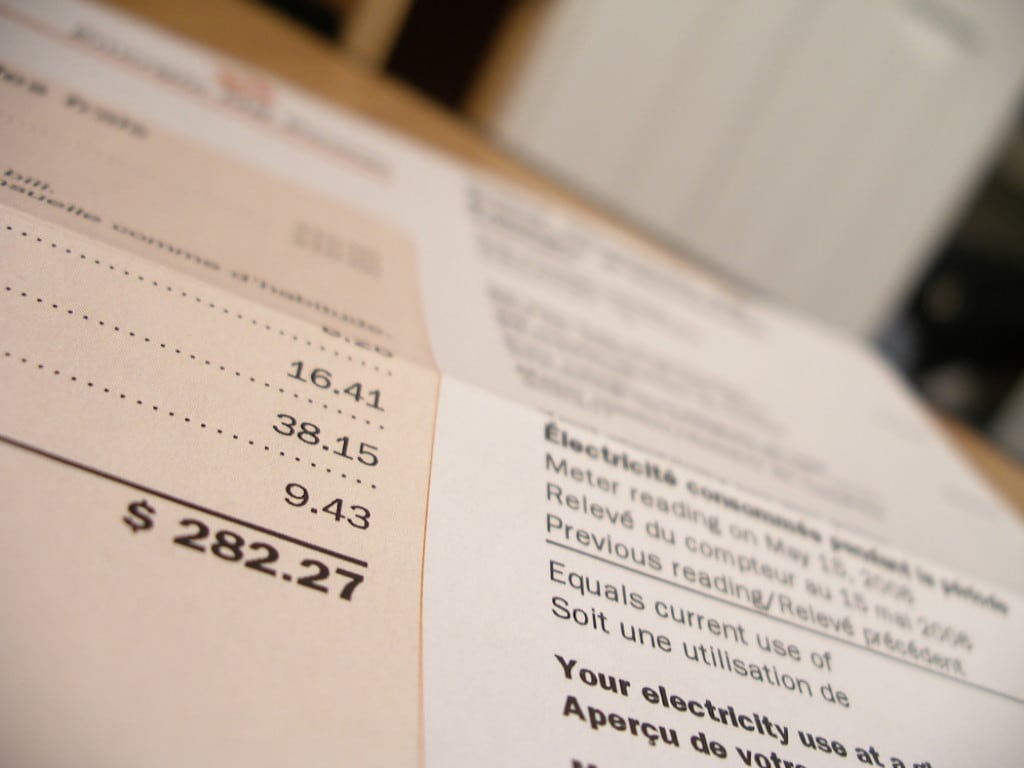Over the last two (granted, colder than normal) months, our utility bills have nearly doubled and are significantly higher than this time last year. Why? What are we doing wrong?
There are many, many ways to save money on your utility bills and they range from quite inexpensive to quite expensive but worth it in the long run.
With our moderate temperatures, houses in California are notoriously unprepared for temperature extremes. Many homes have minimal insulation and some have none at all. Many homes are older and have wasteful windows, furnaces and other appliances.
Now, let’s start with the cheapest, and in many cases, free options.
1. Turn down the heat – Yes, it’s nice to have your home at a toasty 70 degrees all year around, but it can be expensive. A five degree difference can save you hundreds of dollars a year. Wear sweaters. In my house, it’s not uncommon to see me walking around in my bathrobe during the middle of the day. At night, turn your thermostat down to 55 or 60 degrees and pile on the covers.
2. Cover drafts – This isn’t the best looking alternative, but rolled up towels under the doors can make a big difference. You can cover those single-pane windows with plastic weather proofing to help the draft there. Covering your windows in plastic isn’t the most elegant solution, but it does make a difference on your comfort and utility bills.
3. Unplug – Even when off, many of your electronics continue to use electricity. Plug things that don’t need to constantly run (like your refrigerator) into power strips and when not in use, flip off that switch.
4. Get curtains or other insulated window coverings – Cover your windows in a more attractive, but somewhat more expensive way. Thermal curtains or other window treatments can save you hundreds a year.
5. Get Rugs – Wood and tile floors are cold and they have a tendency to cool the entire home. That’s why homes in hot climates often have tile floors. If you don’t want carpet, invest in some rugs. They will help preserve heat and they will keep your feet warmer.
6. Insulate – Here’s where things start go get expensive. Look to spend between $1.50 to $3.50 per square foot, so for a 2,000 square foot house, you could spend between $3,000 to $7,000 for insulation. Obviously, it won’t pay for itself during the first year but it will over time and it will help add to your resale value, as will these next two.
7. Get new windows – Your single-pane windows are a huge source of heat loss, and during the summer, heat coming into the house. On average, a good double-pane window will cost you about $500 – $1,000. For houses that have 20 or more windows, that can really add up, but it will save you a lot of money in the long run.
8. Get solar – This subject is a bit more complicated and can be expensive, but also a huge cost savings. Solar will be the subject of next week’s blog post.
9. Check with your utility company – Utility companies often offer rebates on energy efficient upgrades. Your first step is to invite them out to do an energy audit. They will tell you what’s eligible for a rebate and what’s not. They’ll also have some great tips.


